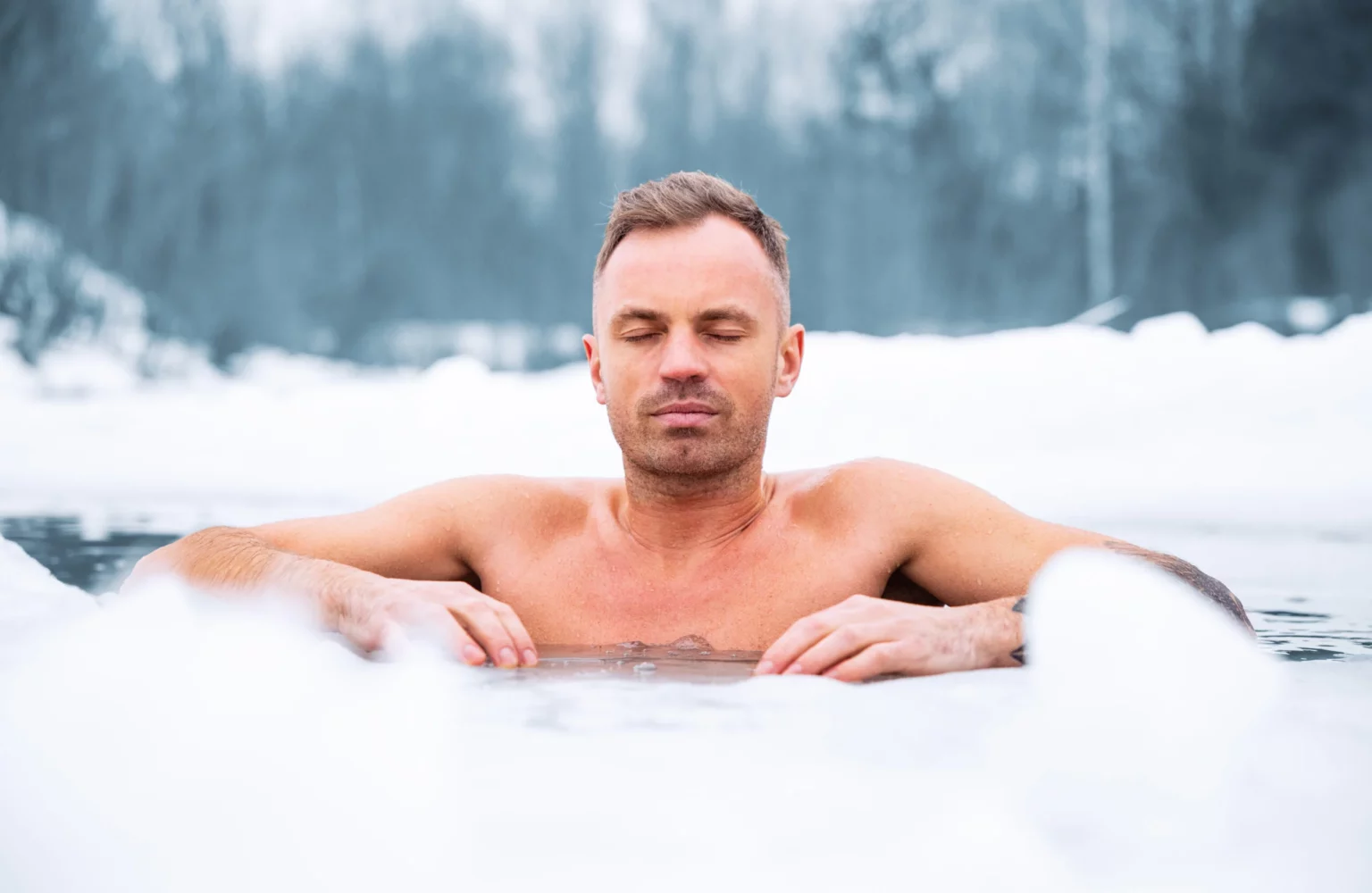In the realm of wellness and fitness trends, a new craze has emerged that is taking the world by an icy storm – cold plunging. Promising stress relief enhanced mental stamina, and a surge of energy, cold water immersion, or ice baths have transitioned from a recovery technique for athletes to a viral exercise embraced by celebrities and influencers alike.
The practice of immersing oneself in cold water, often referred to as a cold plunge, has been backed by scientific research for its potential benefits. Athletes have long used cold water immersion as a method to aid muscle recovery after intense training sessions. Now, a broader audience is joining the trend, seeking to alleviate stress and improve overall productivity.
Celebrities and influencers are at the forefront of this movement, sharing their experiences with their followers. Actress Kristen Bell, for instance, posted, “It’s 8 in the morning. The pool is 58 degrees. Oooo baby.”
Actor Zac Efron echoed the sentiments, sharing, “I can’t feel my feet or my hands.” These testimonials highlight the exhilarating and challenging nature of the exercise.

Advocates of cold plunging tout benefits such as heightened mental resilience, increased focus, and a rush of euphoria. Shinjini Sur, a proponent of the practice, stated, “You have mental resilience at your fingertips. You have productivity, your focus, you have just like this euphoric sensation.” Others, like Shelby Doner, emphasize the energy boost they experience, while Erin Stanczyk describes the rush of adrenaline, serotonin, and dopamine.
However, while the trend continues to capture the attention of many, experts urge caution due to potential risks associated with extreme cold exposure. Professor Mike Tipton from the Extreme Environments Lab explains that although there are hypotheses on how cold immersion could work, controlled studies are necessary to fully understand the impacts.
Tipton acknowledges that cold water immersion triggers a fight-or-flight response, leading to the release of stress hormones and an awakening sensation. Yet, he cautions that within the first 30 seconds of cold exposure, there are potentially dangerous physiological responses. The “cold shock response” can cause an uncontrollable gasp, hyperventilation, and increased blood pressure, especially in individuals with pre-existing health conditions.
It’s crucial to note that while cold plunging offers potential benefits, it also poses risks. Hands and feet are particularly vulnerable, and experts advise limiting cold plunges to under 10 minutes. Moreover, water temperatures should not dip below 59 degrees Fahrenheit (15 degrees Celsius). Individuals with medical conditions, especially cardiovascular issues, are strongly advised to consult a doctor before attempting cold water immersion.
As the cold plunging trend gains momentum, it’s essential for enthusiasts to approach it with caution, prioritizing safety and health. While the allure of heightened mental resilience and an energizing rush is compelling, understanding the potential risks and seeking expert guidance can help ensure a positive and safe experience in the icy waters.




